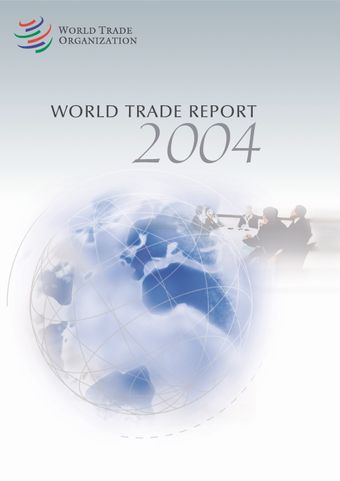Coherence

- De : World Trade Organization
- Source: World Trade Report 2004 , pp 90-198
- Publication Date: septembre 2004
- DOI: https://doi.org/10.30875/9e56edb0-en
- Langue : Anglais Espagnol, Français
The starting point for this study is that appropriately designed and sequenced trade liberalization measures and a well crafted set of trade rules can make a positive contribution to growth and development. But the extent of that contribution also depends on other policies. The notion of coherence has been deployed in this study to characterize a situation in which relevant policies are pulling together in the same direction. In a world of multiple policy objectives and priorities, and one where no consensus exists on the ideal policy set, the concept of coherence cannot be given operational precision – rather, it is indicative of the reality that policies are inter-dependent, and that poor policy or neglect in one area can undermine the efficacy of efforts in another. Coherence cannot be uniquely defined unless a set of policy objectives is formally established and the objectives ranked in terms of priorities that indicate how trade-offs are to be made when these are necessary. A precise specification of a fully coherent policy set would also identify the exact nature and timing of all relevant government interventions. Any such undertaking is well beyond the scope of this study. Instead, coherence in this context simply refers to the idea that mutually supportive approaches in related areas of policy are likely to produce greater harmony between intent and outcome. Coherence as discussed here is a matter of degree, and more coherence means that the benefits of sound trade policies are greater than they would be without supportive policies in other areas.
-
From This Site
/content/books/9789287044914c009dcterms_subject,pub_countryId-contentType:WorkingPaperSeries -contentType:Periodical -contentType:BookSeries -contentType:ReportSeries105


